It’s summertime which means busy times at the beach, any beach. But did you know there’s a little heaven of tranquility and contemplation hidden away just a few meters from the beach in Ostend?
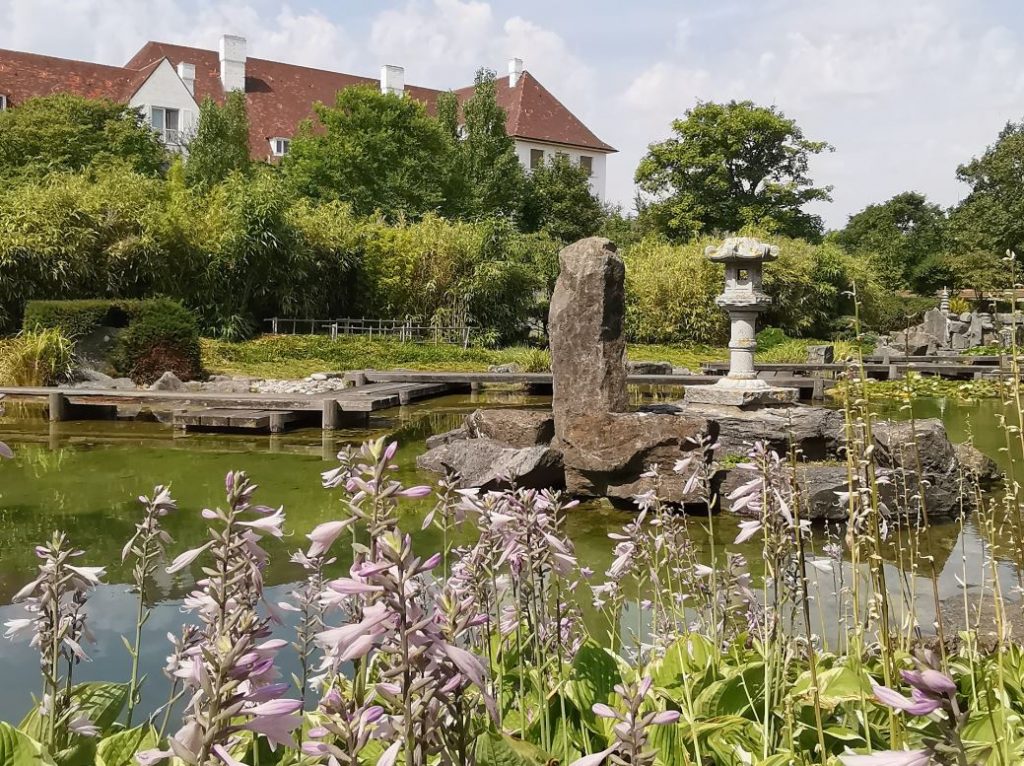
Shaded by the trees next to the former royal villa, the Japanese garden in the Belgian coastal city of Ostend (Oostende in Dutch) is the perfect hideaway to escape the busy summer crowds on the beach.
To enter the serenity of the Shin Kai Tei (Deep Sea Garden), as the Japanese garden is officially named, visitors have to cross the kekkai, or wall, that surrounds the garden.
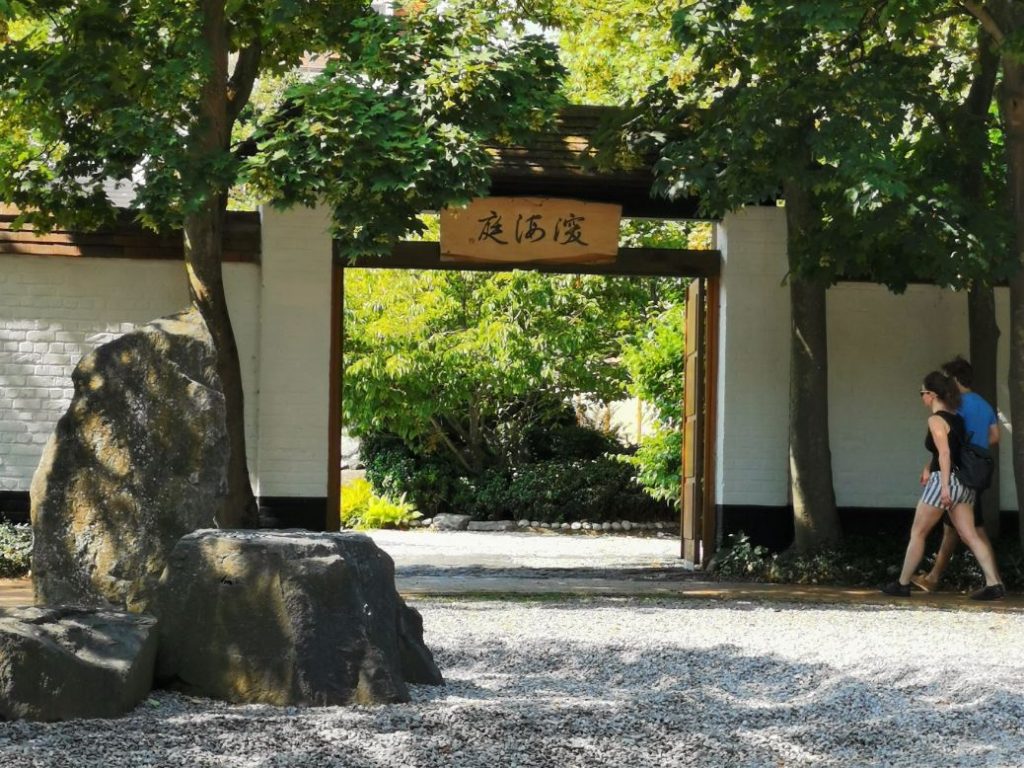
With Shin meaning deep, profound, learned it refers to the rich histories of both Japan and Belgium. Kai, which means sea or ocean, points out that Japan is an archipelago and Ostend is a city by the sea. Tei means garden, sanctuary and indicates that the garden is a place to find peace and become one with nature.
The Kaiyu (Japanese for “many pleasures”) is the route you follow through the garden. Walking down a path of stepping stones it provides different views and landscapes: mountains, hills, a summerhouse, a bamboo forest (bamboo symbolises youthful energy as it grows quickly and vertically), climbing Wisteria and decorative stone ornaments such as a pagoda stone, lantern or Buddha.
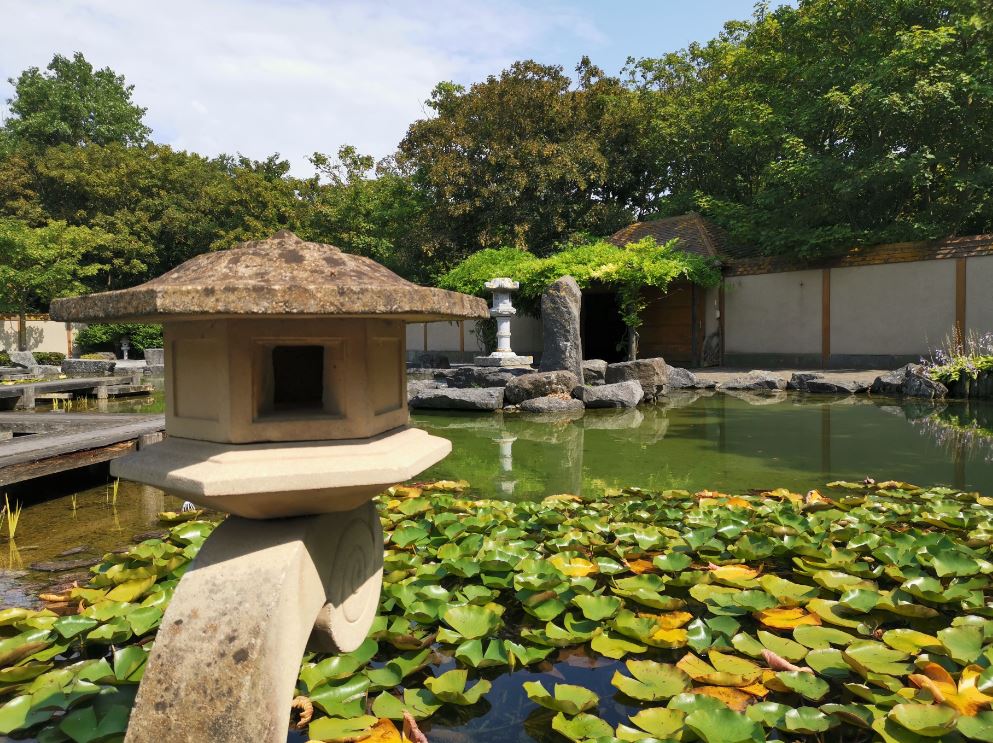
The central pond resembles a tortoise (the symbol of antiquity and durability). The water represents life and flows from east to west, just like the sun – the source of all life – rises in the east. The boulders that extend over the water symbolise the obstacles or difficulties you encounter on your path.
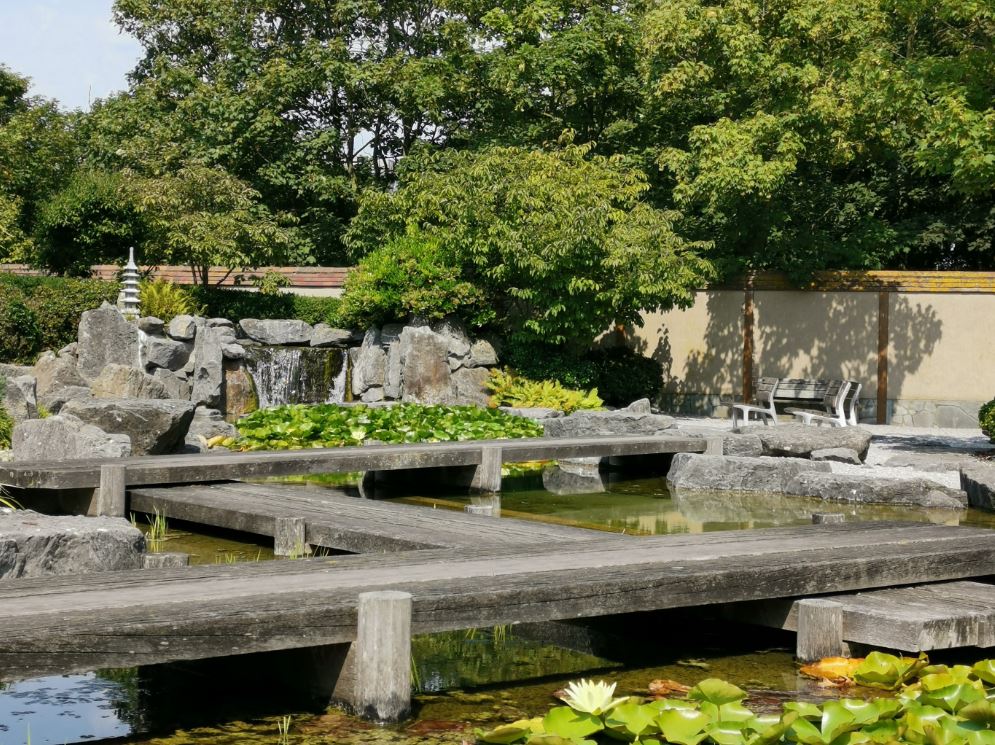
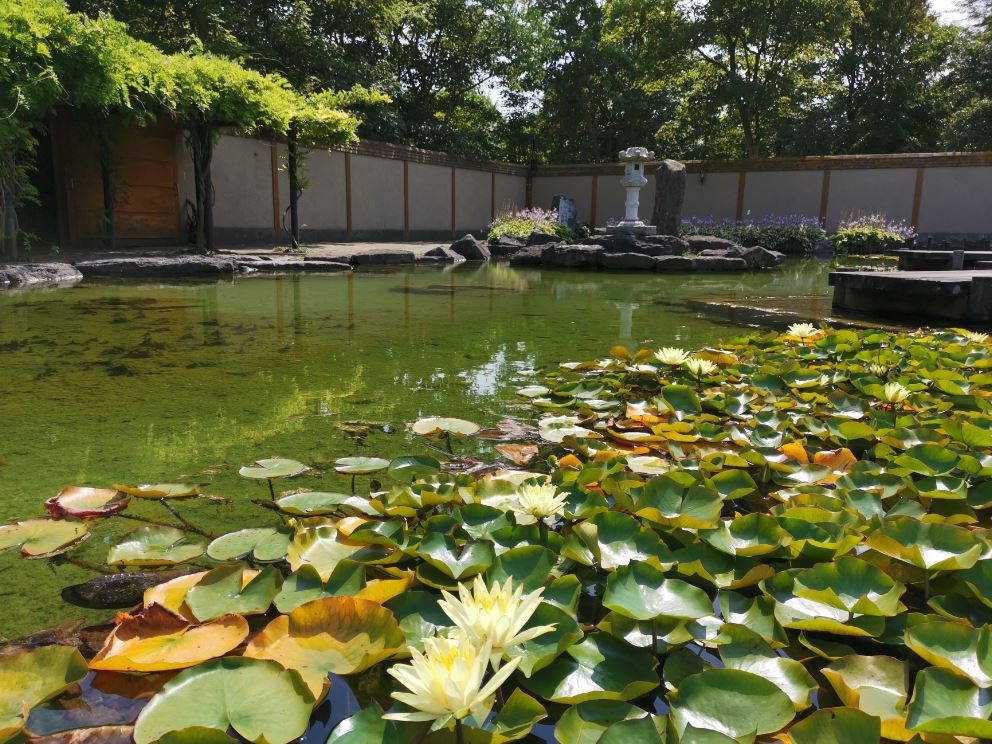
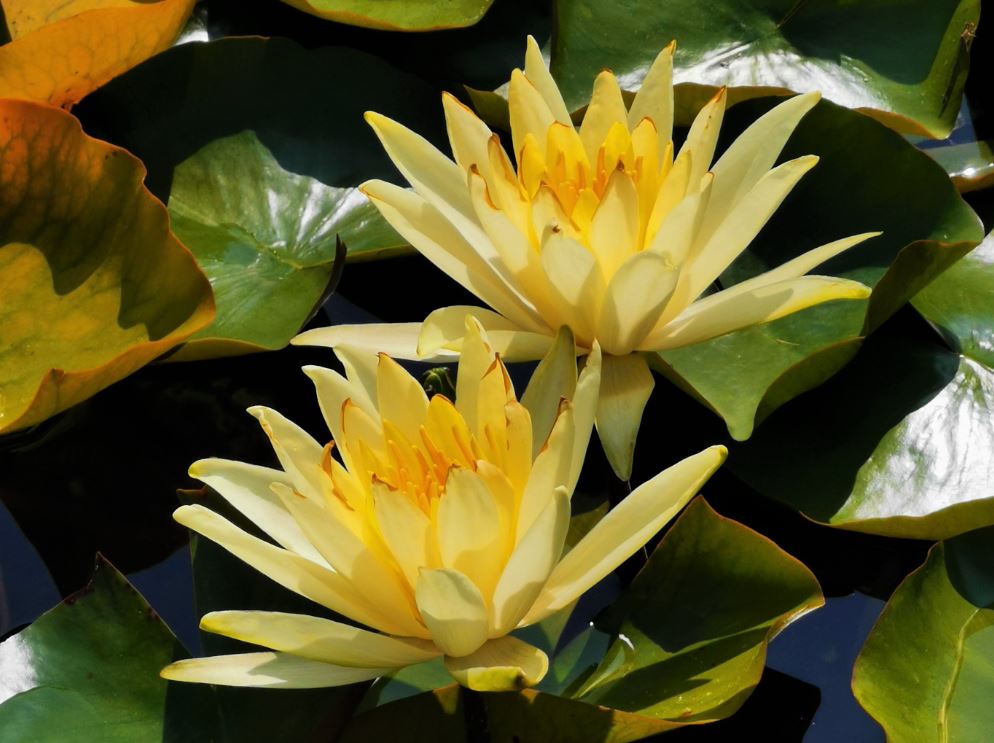
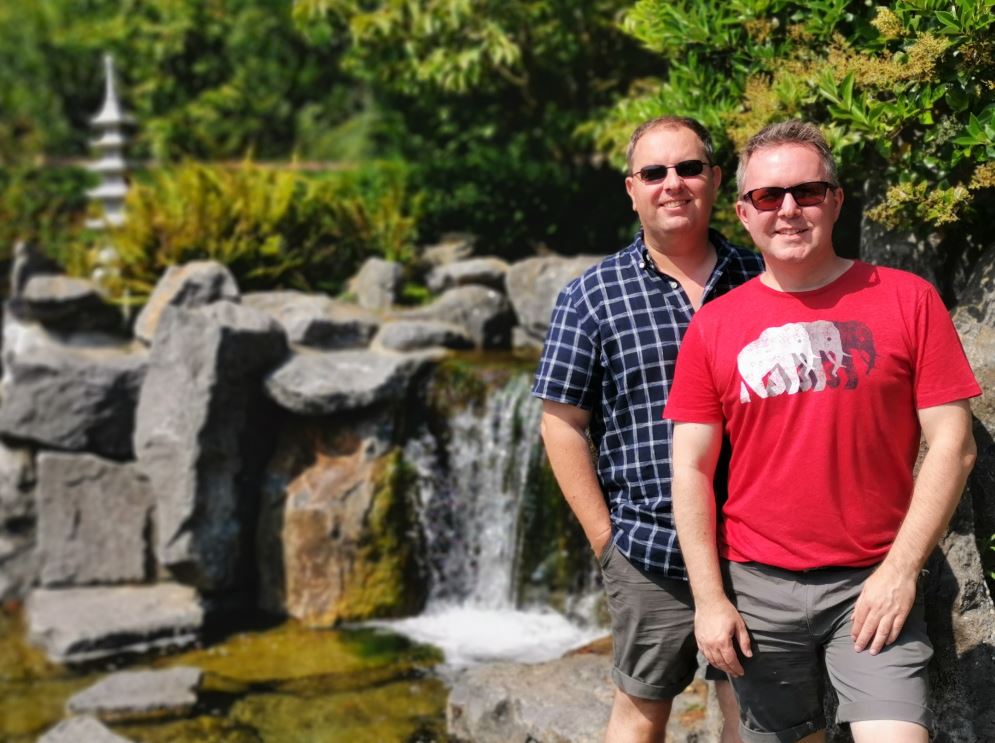
Feel like going for a stroll in the ‘Kaiyusschiki-style’ garden? The Japanese garden is located in the Koningspark, Koningin Astridlaan, 8400 Oostende, Belgium. The garden is open every weekend from April 1st until the end of the autumn holidays. During Belgian school holidays (except Christmas and spring break holidays) the garden is open from 10 am to 6 pm.